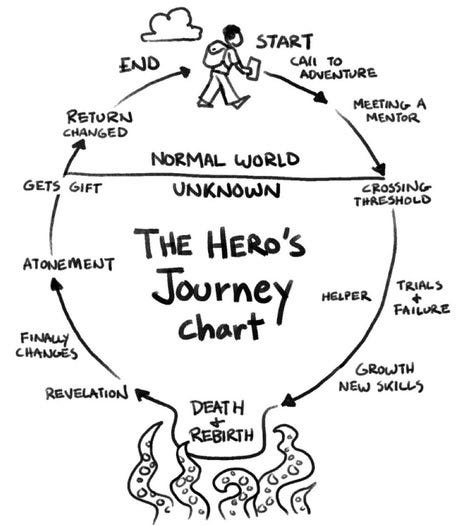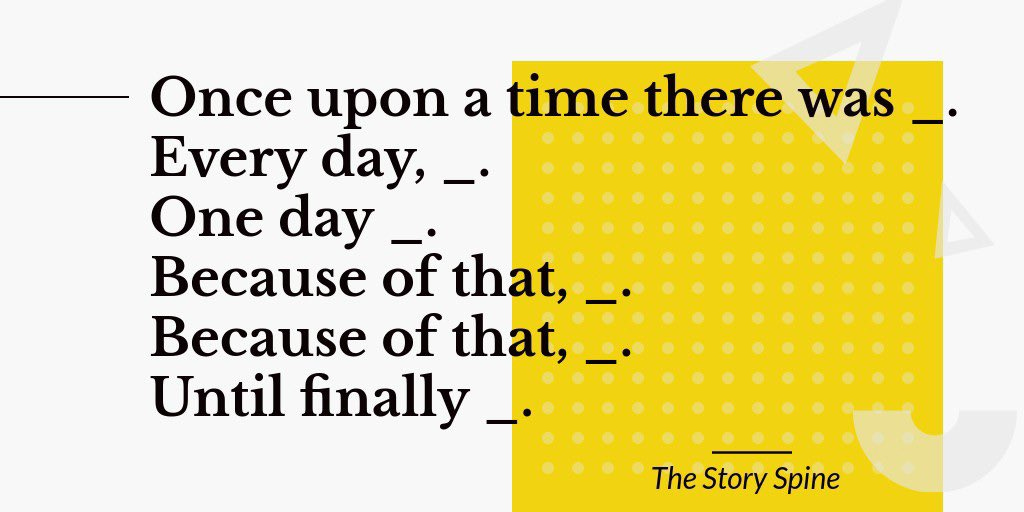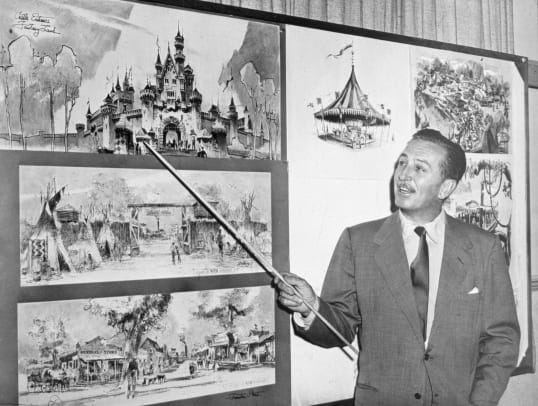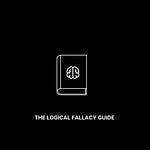Welcome to the 500+ new members of the curiosity tribe who have joined us since Friday. Join the 23,529 others who are receiving high-signal, curiosity-inducing content every single week!
Today’s newsletter is brought to you by AppSumo!
Are you an entrepreneur? Do you like great deals? Great news: Sumo Day 2021 is finally here - an event for entrepreneurs hosted by my friends over at AppSumo. Think of Sumo Day as Amazon Prime Day, but for entrepreneurs. AppSumo is bringing entrepreneurs insane products, discounts, and giveaways for just 72 hours! Sign up to take advantage of the deals and get the updates straight to your inbox!
Principles of Effective Storytelling
Storytelling is a superpower. But it is - for one reason or another - an underrated one. It is rarely talked about alongside other key traits of highly-successful people. Instead, we glamorize traits like intelligence, creativity, and focus, calling these the “keys to success,” often completely ignoring the role that storytelling may play in the trajectories of great women and men.
This misses the mark. Storytelling, I would contend, is one of the most important “weapons” to have in your arsenal. It is a key to unlocking growth in your writing, startups, marketing, business, career, or life. Moreover, it is not genetically endowed - anyone can become a great storyteller!
So let’s begin our storytelling journey today…
Here are 10+ principles of effective storytelling (that you can start using today):
Clarity of Purpose
The best storytellers always define a clear purpose prior to crafting their story.
What is the story trying to achieve? What does success look like with this story? Do you have a burning desire to tell this story? If so, why?
If your answers to these questions are loose or dynamic, you’re going to have a difficult time capturing your audience from the start. The audience feeds off of your commitment and clarity. If you are lacking either, they will feel it. Guaranteed.
Commit to answering these key questions before doing anything else.
Define the Audience
Every great story begins with a well-defined audience. The story you tell has to be catered to the audience to whom you will deliver it.
Who is the audience? What do they consciously (or subconsciously!) want from the story?
Be deliberate with this exercise. It will determine how you approach structure, emotion, novelty, and many of the other storytelling principles we will cover later in this piece.
Be ruthlessly honest with yourself. The audience may look different than you expect.
Establish Structure
“People have forgotten how to tell a story. Stories don’t have a middle or an end any more. They usually have a beginning that never stops beginning.” – Steven Spielberg
Stories need structure! Imagine your story as a house - the structure is the foundation of that house. A flimsy foundation makes for a flimsy house - a sturdy foundation makes for a sturdy house. Moreover, a sturdy foundation allows the architect to get more creative with what goes on top of it, knowing that the ground will hold.
There are structural archetypes you can use or leverage. Clear narrative arcs (like the “hero’s journey” often used by Pixar) work well.
If you are struggling to establish structure, try using “the story spine” framework, first created by playwright Kenn Adams. It goes like this:
Once upon a time there was [blank]. Every day, [blank]. One day [blank]. Because of that, [blank]. Until finally [bank].
It has helped me more times than I can count. Fill it in and watch your story take shape.
Weave in the Emotion
Emotion is what makes great stories stick.
Think about your favorite stories. How did they make you feel? It’s a safe bet that they elicited a strong emotional response - positive or negative.
Take it one step further. Watch your favorite movie. Using emojis in a note document, map out your emotions (and the strength of each) that you are feeling at various points throughout during the movie. Your note doc may look something like this:
😂😁😫😤😍☹️😆
Learn from this. The best stories elicit deep, varied emotional responses. When you are approaching your own storytelling, make sure to weave emotion into the foundational fabric of what you create.
Infuse Novelty
Every great story is infused with novelty.
Novelty comes in many different forms: Fresh, new perspectives. Surprising insights. Shock-and-awe moments. Unexpected twists.
Novelty is what makes your audience say: “Oh, wow!” It is what catches them off-guard, what distances them from their linear ways of thinking. It immediately signals that this isn’t like anything they have seen, read, or experienced before.
Are you meeting this burden? If you’re falling short, dig deeper.
Create Contrasts
Storytelling expert Nancy Duarte coined the simple “what is vs. what could be” framework for creating contrasts in your stories. This framework forces you to create contrasts to craft a captivating narrative.
First, describe the reality (“what is”). Next, describe the potential future (“what could be”). The audience will want to lean in - to understand why the world is not the way it could be. They will become invested in that potential future (because it is so different from the reality you portrayed).
You have them - now you can take them along on that journey with you!
Suspend Reality
Disney is the greatest storytelling empire of all time. They have the best IP in the world, but more importantly, they do more with that IP than anyone can imagine.
Walt Disney was famous for his focus on suspending reality for his audiences - allowing them to experience his new reality while still being in their reality.
“There’s always room for a story that can transport people to another place.” – J.K. Rowling
Take a lesson from the best. Suspend reality.
Keep It Simple
“Make it simple, but significant.” - Don Draper
A good story may be complex, but a great story is always simple.
One way to test your story: Try to elevator pitch the story to an uninformed party. Are they able to understand it? Could they repeat it back to you or share it with a friend in a similarly simple manner? If not, you still have work to do.
When in doubt, simplify!
Foster Community
Shared community is an insanely powerful force.
The best stories (and the best storytellers) foster community - they elicit a sense of shared purpose, shared membership in a group, or shared experience. Stories that build communities last forever.
Note: As many of you will undoubtedly point out, this one is a double-edged sword. Some of the most terrible dictators and leaders in history used storytelling to foster a community aligned with their aims. It cuts both ways - it can be a force for good or a force for evil.
Make It Shareable
Stories are meant to be shared.
The story “K-factor” - a viral marketing metric for growth - should be high. The K-factor is defined as the number of “invites” sent by each customer (or audience member) multiplied by the conversion of these invites.
So what you really want to see is an audience that is naturally evangelizing your story with their individual communities. Stories with high K-factors spread like a wildfire.
This requires high shareability. To enhance the shareability of your story: Keep it simple and make it easy to “take down” into shorter, alternative versions.
Draft Fast, Edit Slow
Most great writers and storytellers agree on one thing: starting is the hardest part.
There is nothing more daunting than a blank page. The key: start fast, but edit slow.
Get a draft down quickly - don’t worry about how bad it is. Just get it down. Then slow down - edit, write, and rewrite as necessary.
This tactic will allow you to get past “blank page anxiety” and just get moving. Remember, a body in motion tends to stay in motion!
So those are 10+ principles of effective storytelling that you can start using today. If you do take the leap and start using them, I guarantee you’ll unlock growth across the diverse realms of your life.
I hope you found this newsletter helpful. If you did, please do share it with your friends and family!
The Bloomboard - Featured Opportunities
Panther - Customer Delight Manager (NEW!)
Avicado - Marketing Manager, Data Consultant (NEW!)
Pallet - Swiss Army Knife
Commonstock - Community Manager, Marketing Designer
Atreides Management - Data Analyst
Beyond Protocol - Director of Business Development
Metafy - Senior Product Designer, Senior Technical Recruiter
Synthesis - Head of People, VP Growth, Technical Recruiter
Vivian Health - Product Manager
Pesto Tech - Account Executive
The full board can be found here!
We have had several hires through the board and the results for featured roles have been insane! If you are a high-growth company in finance or tech, you can use the “Post a Job” button to get your roles up on the board and featured in future Twitter and newsletter distributions.
That does it for today’s newsletter. Join the 23,500+ others who are receiving high-signal, curiosity-inducing content every single week! Until next time, stay curious, friends!

















